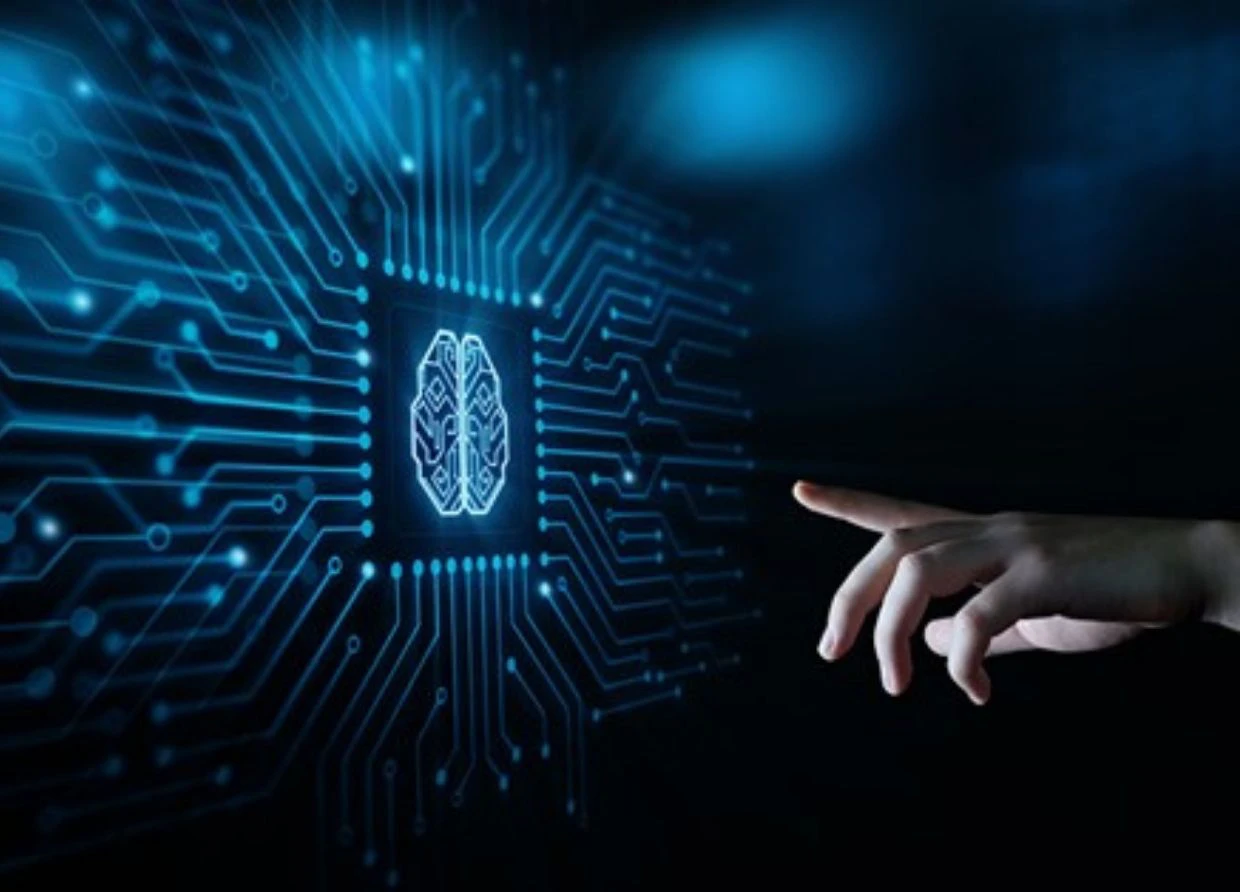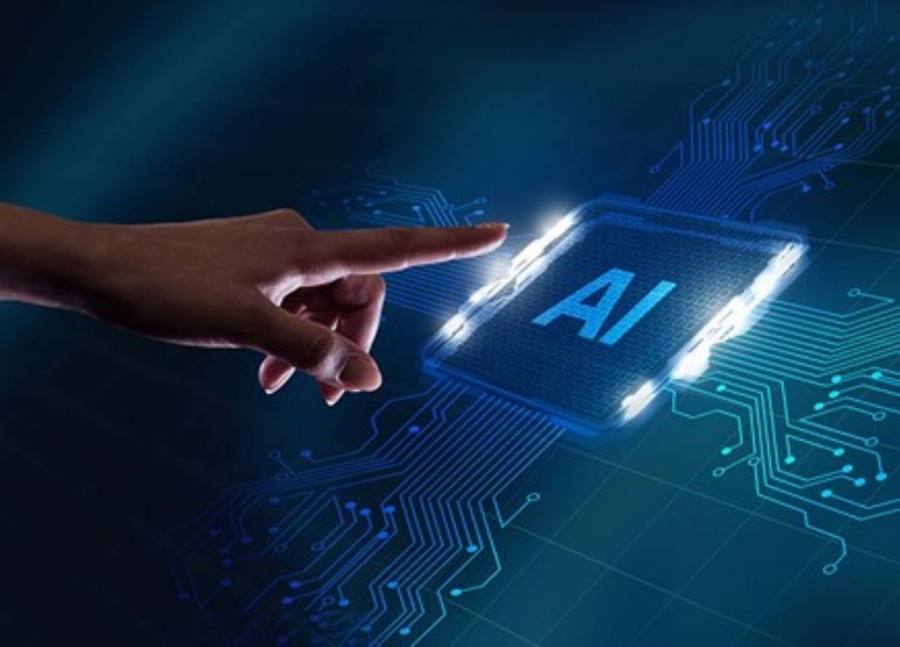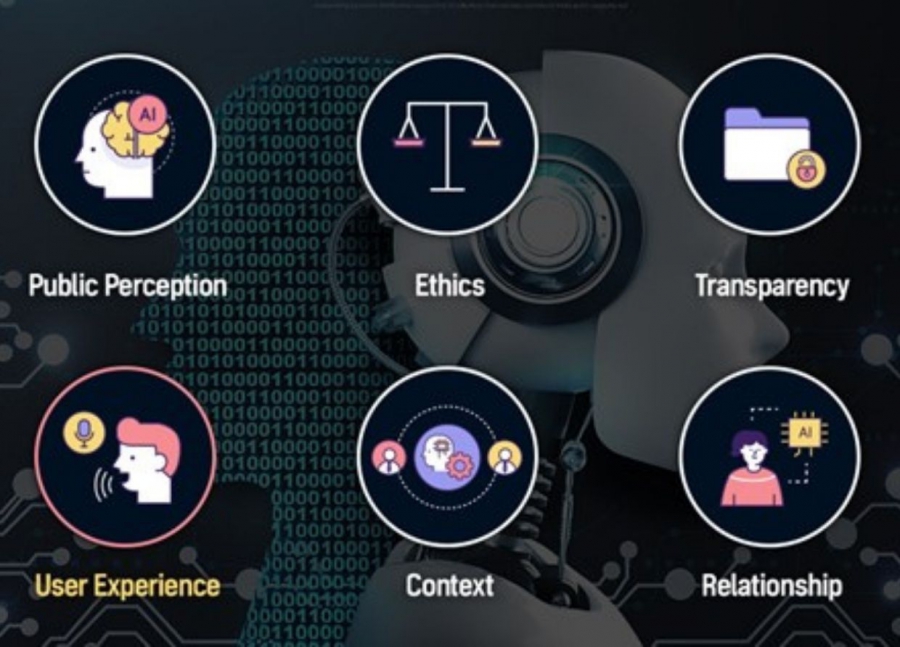5 AREAS FOR HUMAN-CENTRIC AI TECHNOLOGY DEVELOPMENT
AI technology that able to understand context will be easily accepted in society.

Artificial intelligence technology is currently being used in various fields. People's daily lives cannot be separated from this technology applied in multiple sectors with multiple products such as Siri or Alexa on smartphones.
Unfortunately, some of the experiences of using Artificial Intelligence technology sometimes have not touched the needs of its users. As a technology, AI also has limitations that are the task of its developers to improve it, especially in understanding the context of its users.
Currently, people are waiting for AI to understand the context of the message being conveyed. If AI can learn this, then the relationship between humans and AI will enter a new chapter. Machines and services that understand the context of space, personal and communication style will be more peer-like and integrated with people's way of life.
"These limitations have inspired the call for a new phase of AI, which will create a more collaborative partnership between humans and machines," said David Foster, Head of Lyft Transit, Bikes, and Scooters. "Contextual AI is technology embedded, understands human context and is capable of interacting with humans."

Several areas need improvement in AI to ensure contextual runs well. The first area is space. This is because, in each room, there are several different rules, sometimes written and unwritten. Based on these rules affect the way we dress, act and interpret what someone says.
This is also a challenge for AI, especially when the pandemic makes understanding the context of the environment more complex. Today's house also acts as an office, classroom, gym, cinema and so on. This creates an AI that can separate motive and context through specific spaces without leaving the natural interaction necessary.
When AI systems are created for different spaces and areas where people live, data exchanges will have profound implications, including how that data is shared, when and for what. Therefore, it is crucial to involve end-users in the development process, including to reduce risk. Developers and policymakers can work together to see some of the possible consequences as more AI integrates and understands context.
The second area of ??concern is value. When new technology comes, of course, it will intersect with moral considerations. For humans, the assessment of a decision always considers responsibility and ethics. In AI, adding information about values ??and attitudes is quite urgent.
Although, in this case, the developer will ensure that the human attitude will be built into the AI ??system, choosing what values do not need to be embedded lies with all parties. A broad collective covering the full diversity of modern human experience should be enlisted for this task. This will help build a set of values ??that is more representative of society as a whole and is not geared towards the interests or beliefs of any single segment.
The third area is goals. Engineer an AI that can understand context, including principles and patterns of human behavior, according to the collection and analysis of vast user data. The challenge is that today's technology users are increasingly cautious about providing privacy-related data, making it slower for AI development to reach its full contextual understanding potential.

This condition makes the developer must openly declare and detail the purpose and need for data collection. Development companies also need to cultivate trust in technology and business ethics. Suppose users can see the need to provide access to specific data with clear benefits. In that case, it will be easier to share information.
The next area for AI development is creativity. Previously, AI systems were used more in the creative field with various exciting forms. For example, offering songs, movies, and music. But many still doubt the extent to which technology can develop its own sense of creativity.
The ability of AI to develop its own creative ideas is critical to unlocking its full potential. This includes the ability to go beyond input data to create new ideas and arrive at understanding new contexts that enrich users' lives.
The last area is personality. Non-verbal cues such as the speaker's facial expressions, tone of voice, and body language play an important role in interpersonal communication. They are factors that AI needs to recognize if it is to provide better and more advanced services. However, because non-verbal cues can differ from person to person, the challenge of designing an AI system that can sense these differences and respond to them is considerable.
As contextual understanding develops, AI will become more natural to interact with and more reliable in providing the information – or perform tasks – that we need. As it learns to infer meaning from situations and environments and end-user communication styles, artificial intelligence will get closer and closer to becoming a trustworthy partner for mankind.
#THE S MEDIA #Media Milenial



























